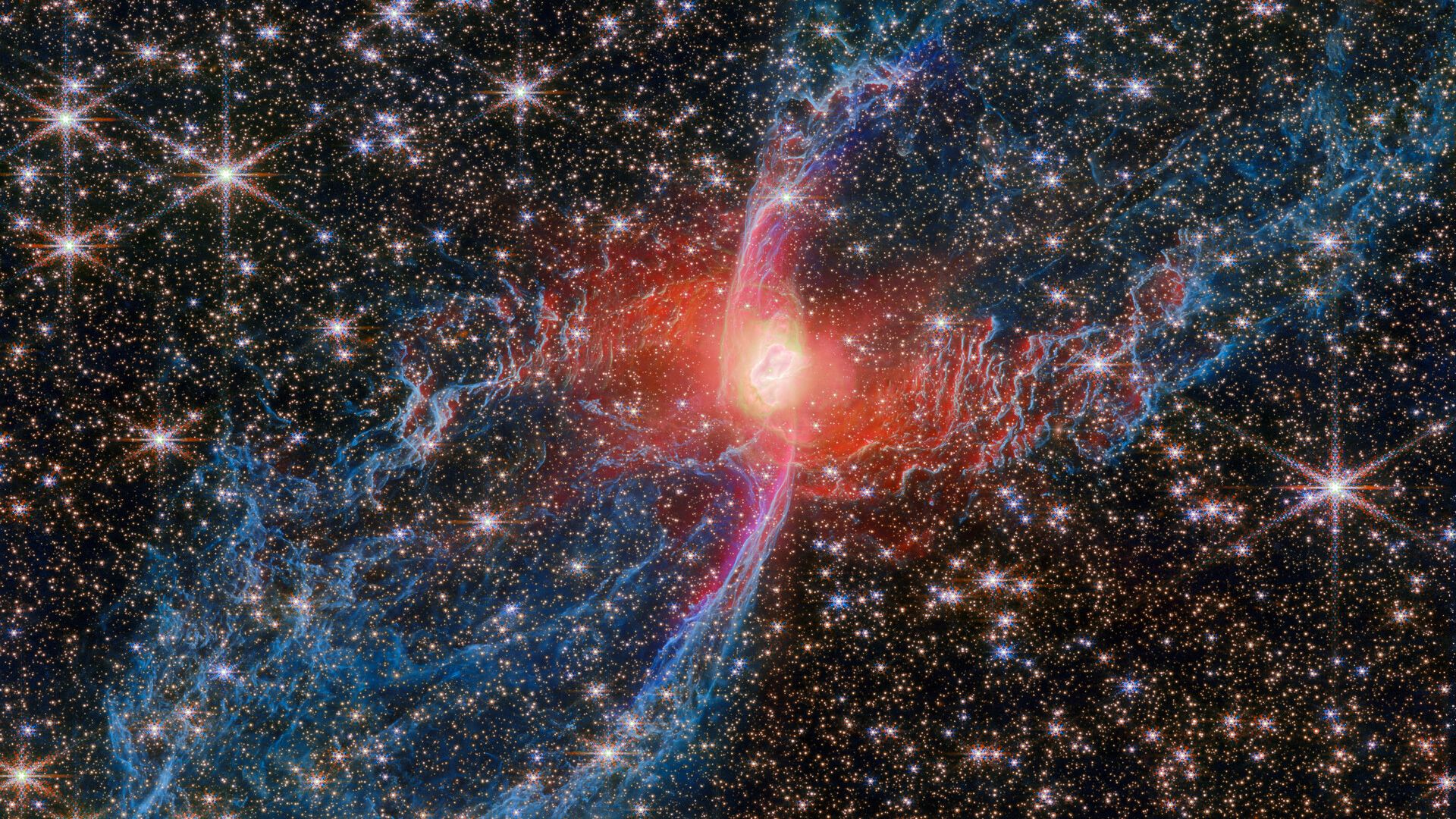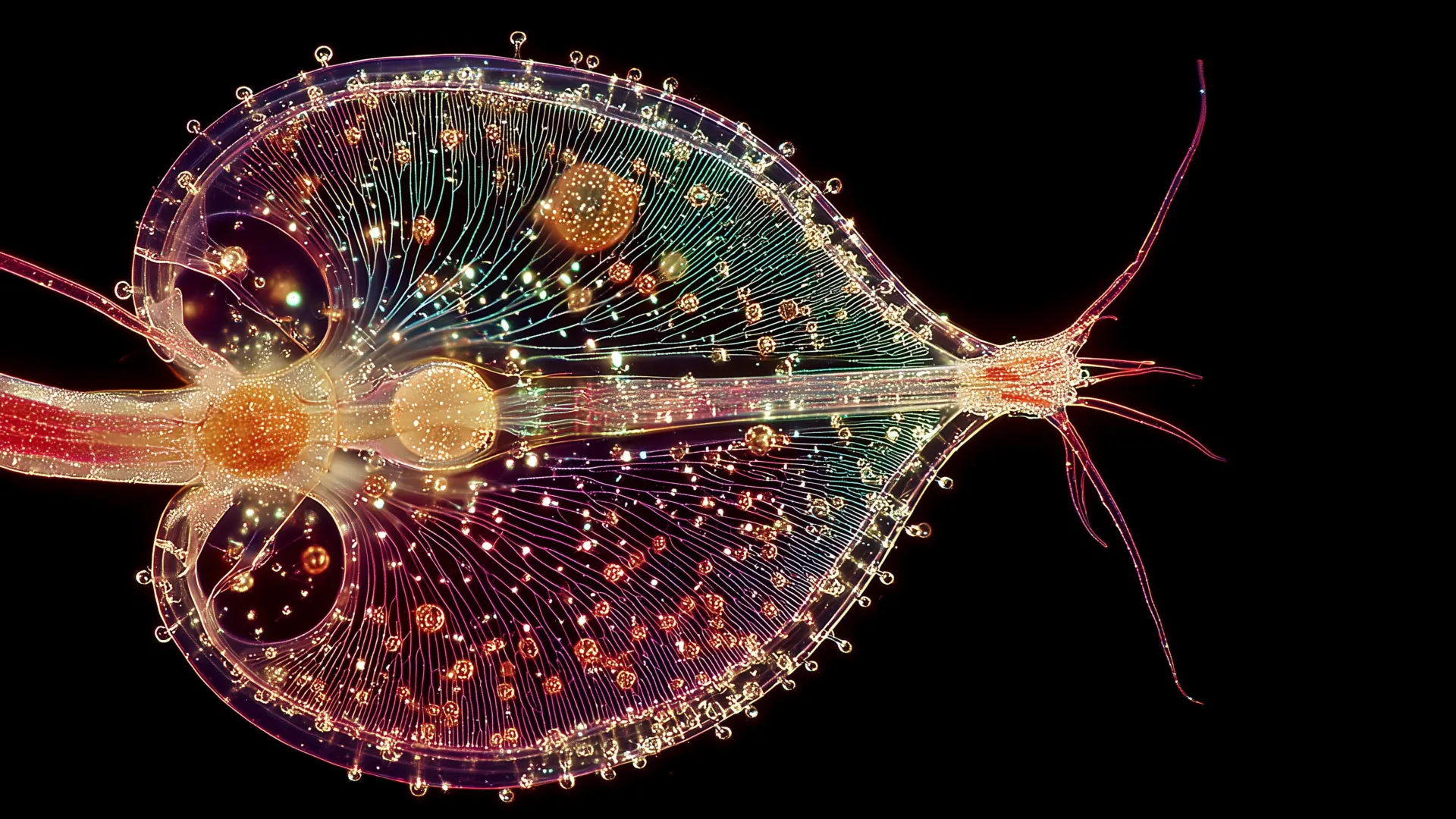Tectonic processes and the “ghosts” of past ice sheets are contorting, lifting and pulling Greenland in different directions, new research reveals.
Greenland sits on the North American tectonic plate, which has dragged the island northwest by 0.9…

Tectonic processes and the “ghosts” of past ice sheets are contorting, lifting and pulling Greenland in different directions, new research reveals.
Greenland sits on the North American tectonic plate, which has dragged the island northwest by 0.9…
This request seems a bit unusual, so we need to confirm that you’re human. Please press and hold the button until it turns completely green. Thank you for your cooperation!


Proteins play a key role not only in the body, but also in medicine: they either serve as active ingredients, such as enzymes or antibodies, or they are target structures for drugs. The first step in developing new therapies is…
This request seems a bit unusual, so we need to confirm that you’re human. Please press and hold the button until it turns completely green. Thank you for your cooperation!

For decades, researchers have tried to create semiconductor materials that can also act as superconductors — materials capable of carrying electric current without resistance. Semiconductors, which form the foundation of modern computer chips…

Out in the cosmic landscape, planetary nebulas would offer the perfect Halloween doors to knock on.
They’re spooky tricksters in their names, as they have nothing to do with planets at all and are rather the gory scenes of stars dying. The term “

Brains, spiders, (were)wolves and slimy eyeballs might sound like props from a horror movie, but these eerie topics come straight from serious scientific research. Studies published in ACS journals are exploring innovative ways to improve human…

The microbiome-the trillions of bacteria, viruses, and fungi that live quietly in our body-plays a crucial role in shaping human health by providing a variety of micronutrients necessary for vital functions. But these tiny…

A newly discovered protein from Earth’s toughest animal is inspiring breakthrough therapies for cancer and cardiovascular disease.
Tardigrades, often called water bears or moss piglets, are microscopic creatures that can survive just…